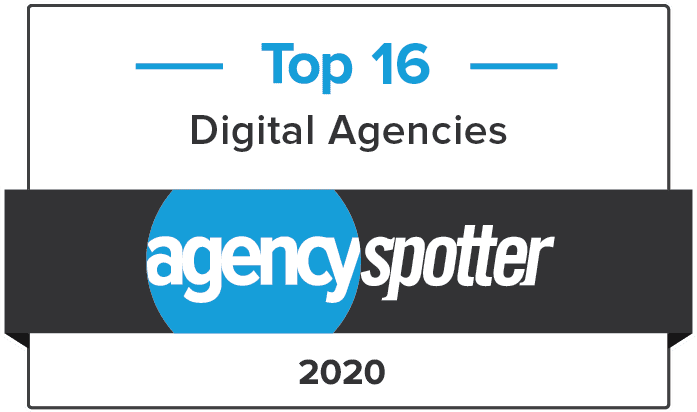
Brand Activation Marketing Forecast
What is brand activation and how do you do it successfully? Brand activation is marketing that brings a brand to life through emotional connections and experiences. These campaigns not only build a brand’s image, they also drive consumer action and have become a growing part of advertisers’ budgets.
The Association of National Advertisers’ (ANA), in partnership with PQ Media, recently completed the first ever forecast of brand activation marketing expenditures. According to the study, brand activation spending in the United States hit $561.5 billion in 2015 and should jump 6 percent to top $595 billion in 2016 and will top $740 billion by 2020.
Six brand activation platforms were identified; they are unique in the manner that they attempt to reach audiences and then divided into additional channels. The platforms included relationship marketing; influencer marketing, promotional marketing, content marketing, experiential marketing and retailer marketing. Underneath each of those platforms there are a variety of channels that can help engage your audience such as catalogs, live events, in-store mobile marketing and social media marketing.
Best-practice brand activation is strategically led and delivers measurable results, with a focus on return on investment.
Sixty percent of all overall marketing spend is placed on integrated traditional and digital strategies with relationship marketing as the largest of the brand activation marketing platforms used in 2015. Relationship marketing channels include database marketing, direct mail, email, search lead generation marketing, loyalty programs and mobile marketing apps and proximity services.
As you’ll see in the link above, the study showed that while relationship marketing has the highest share of brand activation marketing in 2015, content marketing was the fastest growing.
Below are just a few of the trends identified by ANA and PQ Media that led to their prediction that brand activation will continue to outpace spending on advertising and trade promotions over the next four years:
- Engagement with traditional advertising is waning due to ad-skipping technology and shifting consumer behavior (like using a second screen).
- The number of media outlets has tripled in the past 40 years, with media buyers now having to choose from more than 200 options.
- Technological advancements such as virtual reality are affecting how consumers will engage with marketing in the future.
Brand activation should be considered a part of the overall marketing approach, or marketing mix, and not a standalone discipline. Due to ever-changing market conditions, campaigns may need to be adjusted accordingly. It is important to have a sound understanding of the marketing platforms that are being utilized.
Brand activation campaigns can produce outstanding results when properly aligned with the overall brand strategy formed from brand insight.



